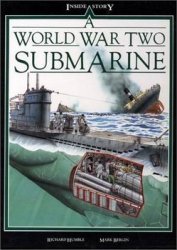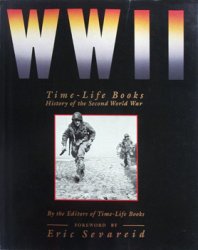The Shape of a Delta
The fourth letter of the ancient Greek alphabet, delta, corresponds to our letter D and is written as a triangle. The Greeks also gave the name delta to a wedge-shaped island formed by sediment at the mouth of a river, and English borrowed this word from the Greeks.
Alexander himself marched his remaining army of 30,000 men west to Turbat, Pakistan, and then, instead of continuing west as would have been expected, he headed south toward the Indian Ocean. The plan was for Alexander to meet up with Nearchus there, and probably again at various points along the way westward. The fleet would supply the land troops with grain and provisions and the troops
Would provide wells and protection for the fleet whenever it needed to come ashore for fresh water. Alexander’s decision to follow the coast rather than return up to Turbat and go west from there was not a fortunate one. It took the army through miles of some of the world’s worst deserts, including the Makran Desert that borders the north end of the Indian Ocean, as well as the region of Gedrosia, which lies northwest of the Makran.
As with so many other events of Alexander’s career, historians disagree about many aspects of this march. They are not sure whether Alexander knew how difficult this crossing would be. Some believe he did know and wanted to prove that his army could do what others had failed
Desert Dangers
If Alexander meant to meet up with his fleet and its commander, Nearchus, at either Pasni or Gwadar, further along the coast, that mission failed. The troops were left to make a death-defying trek west across the desolate Makran Desert and up into the Gedrosian Desert. From Pasni it took days by camel train to reach the scorched seaside enclave of Gwadar, where Alexander dug wells.
Today the westward trip might take three days at least, in a landscape still reminiscent of a barren world on another planet. There is no fresh water to be found between the two towns. Along the way, stark, dry ridges jut into the sky. Deep, drifting dunes make walking nearly impossible and camels are the only practical means of transportation. The vegetation is sparse. The sun burns and rains rarely fall. At a place called Sur Bandar, crude straw huts hug the shore and the boats of fishermen dot the sea's surface— the only hint of a more modern world.
The modern world is apparent, however, in today's Pasni and Gwadar, though both were pillaged and burned in 1581 c. e. by Portuguese explorers. Gwadar is striving to become a major seaport on the level of its neighbor to the east, Karachi, Pakistan, and Pasni today is well-known to the United States Army. Since the September 11, 2001, terrorist attacks, the military and allied forces have been using Pasni's commercial airport as an air base, as they also did during World War II.
To accomplish. Others believe he had no idea and that local guides who were hostile to the Macedonians may have intentionally mis-
Informed them. Other historians believe the disaster was the result of an unfortunate series of events and that Alexander’s legendary luck finally failed him.
The march was a disaster because the fleet failed to meet with the army, as planned. The army, which had set out before the fleet, marched to the coast and reached the rendezvous point. There, the troops on land waited for the fleet, which never showed up. No one knew why. They later discovered the ships had waited an extra week for the monsoons to die down and were further delayed by headwinds.
The soldiers had been depending on the fleet to
Supply them with food, and soon used up the food supplies available in this barren region. They could not return the way they had come, because they had stripped the land through which they had just traveled. Without food, they could not remain at the meeting point to wait for the fleet, especially since they feared it had been destroyed by a storm or an enemy attack. At Gwadar, instead of continuing to march along the coast, Alexander led his army inland. This fateful decision meant that, unbeknownst to them, they would march through the worst part of the desert.
Adopted Mother
One of Alexander's closest friendships was with Sisygambis, the mother of King Darius III of Persia. After being abandoned by her son as he fled the battlefield at Issus (see page 19]), Sisygambis had fully expected death for herself, along with the Darius's wife and children. When Alexander instead treated the royal family with kindness and honor, Sisygambis gained an unexpected respect for the conqueror and a friendship was born.
Over the years, Alexan-der visited Sisygambis when he could and sent her many gifts. He addressed her as "mother." When Alexander died, the depth of their bond was truly revealed. Upon receiving the news of his death, Sisygambis turned her face to the wall. She remained there, fasting, until she died of starvation.
Alexander began his desert march with somewhere between 10,000 and 70,000 people. As always, women, children, craftsmen, and others traveled with the soldiers. Three-quarters of them perished along the way in a trek that took about two months. The whole entourage suffered severely from starvation, thirst, and disease. Flash floods and poisonous snakes wiped out many. Those who were too sick and exhausted to continue were left behind to die. Alexander shared these hardships, and often, to set an example, dismounted from his horse and walked.
It is believed that more soldiers died from hunger and thirst during the crossing of the Gedrosian Desert than in all of Alexander’s battles in Asia. But finally, at the end of 325 B. C.E., the survivors reached Carmania in eastern Persia (today’s Kerman in south central Iran). There, they reunited with Nearchus’s fleet and Craterus’s troops and a great celebration ensued.




 World History
World History









